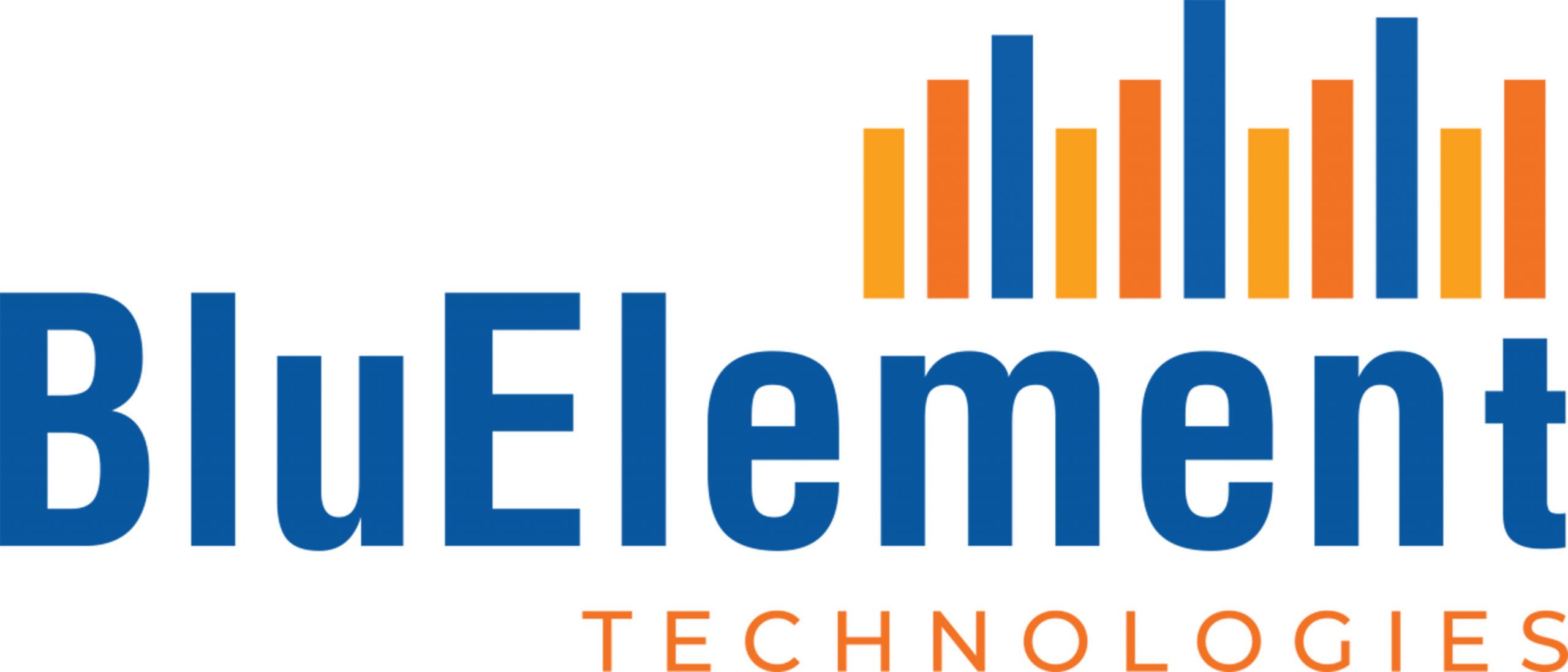An efficient new employee onboarding process is essential for any organisation as it helps to introduce new hires to the company, its culture, and the expectations of their role. When done well, an efficient onboarding process can make a significant impact on the success of a new hire and the overall efficiency of the organisation. In this article, we will discuss the importance of an efficient new employee onboarding process and provide a list of 10 key steps that organisations can follow to ensure a smooth and successful transition for new hires. But first, let’s understand what an efficient onboarding process is.
What is an efficient new employee onboarding process?
An efficient new employee onboarding process typically involves a series of activities and tasks designed to help the new hire feel welcomed, supported, and prepared for their new role. It can vary depending on the organisation, but it typically includes activities such as completing paperwork, meeting with HR, meeting the team, receiving training, and reviewing company policies and procedures, etc.
Importance of an efficient New Employee Onboarding
An efficient onboarding of new employees is important for several reasons:
- Increased productivity: A well-planned onboarding process can help new hires feel more prepared and confident in their new role, leading to increased productivity and performance.
- Improved retention rates: A positive onboarding experience can lead to higher job satisfaction and a stronger sense of belonging to the organisation, leading to improved retention rates.
- Cost savings: High turnover rates can be costly for an organisation, as it requires time and resources to constantly hire and train new employees. An efficient onboarding process can help reduce turnover and save the organisation money in the long run.
- Stronger company culture: An efficient onboarding process can help new hires understand the company’s values and culture, leading to a stronger sense of belonging and alignment with the organisation’s mission.
- Better teamwork: A smooth onboarding process can help new hires feel welcomed and supported by their team, leading to better teamwork and collaboration.
Now that we understand the basics of an efficient new employee onboarding, let’s dive into the 10 steps of an efficient new employee onboarding process.
“Boost Candidate Engagement and Reduce Turnover Rates, Book a Demo Now!”
10 Steps to an Efficient New Employee Onboarding process
- Pre-arrival preparation: Before a new employee’s first day on the job, it is important for the organisation to take steps to prepare for their arrival. This includes preparing any necessary materials and paperwork, setting up their workstation, and making any necessary arrangements for their first day. By taking care of these details in advance, the organisation can help ensure that the new hire’s first day goes as smoothly as possible.
- Introduction to the company: The first few days on the job can be overwhelming for a new hire, and it is important for the organisation to provide an overview of the company, its mission, values, and culture. This can help the new employee understand the purpose and goals of the organisation and feel more connected to its mission and values.
- Meeting with HR: The new employee will typically meet with HR to complete any necessary paperwork, such as tax forms and benefit enrollments. This is also a good opportunity for the new hire to ask any questions they may have about their employment with the organisation.
- Meeting the team: The new employee should meet their immediate team and manager, as well as any other key stakeholders or team members they will be working with. This can help the new hire feel more connected to the team and understand how they fit into the overall organisation.
- Tour of the facility: A tour of the facility can help the new employee become familiar with their new workplace and find their way around. This is especially important for larger organisations or those with multiple locations.
- Review of company policies and procedures: It is important for the new employee to understand the company’s policies and procedures, including any relevant codes of conduct or policies related to their specific role. This can help ensure that the new hire is aware of their responsibilities and the expectations for their role.
- Training and development: The new employee should receive training on their specific role, as well as any relevant systems and processes. This is essential for helping the new hire understand their responsibilities and how to efficiently perform their job.
- Assigning a mentor: A mentor can be a valuable resource for a new employee, providing guidance and support as they adjust to their new role. A mentor can help the new hire navigate the organisation, answer questions, and provide advice as they learn and grow in their new position.
- Regular check-ins: Regular check-ins with the new employee’s manager and/or HR can help ensure that they are settling in and receiving the support they need to succeed in their new role. These check-ins can also be an opportunity for the new hire to ask questions or raise any concerns they may have.
- Ongoing support: The onboarding process should not end after the first few weeks or months on the job. Ongoing support, such as regular performance evaluations and opportunities for professional development, can help ensure that the new employee continues to thrive in their role. By providing ongoing support, organisations can help new hires feel valued and supported, leading to higher job satisfaction and retention rates.
Conclusion
In conclusion, an efficient new employee onboarding process is essential for the success of both the new hire and the organisation. By following the 10 steps outlined in this article, organisations can ensure that new hires feel welcomed, supported, and prepared to thrive in their new roles. A positive onboarding experience can lead to higher job satisfaction and retention rates, as well as increased productivity and performance. On the other hand, a poor onboarding process can have negative consequences, such as high turnover rates and the need to constantly hire and train new employees. By investing in an efficient onboarding process, organisations can set their new hires up for success and create a more sustainable and successful organisation.
Related article: The Do’s And Don’ts Of Onboarding – 11 Points To Keep In Mind
Are you looking to improve employee retention at your company? An efficient onboarding process is a key strategy for retaining top talent. Our team at BluElement can help you implement efficient onboarding practices and improve retention rates. Our range of services and solutions are designed to support businesses in attracting and retaining the best talent. Book a Demo today!
Follow us on our Facebook, Instagram, and LinkedIn pages to stay updated with the latest articles, videos, announcements, and more.



